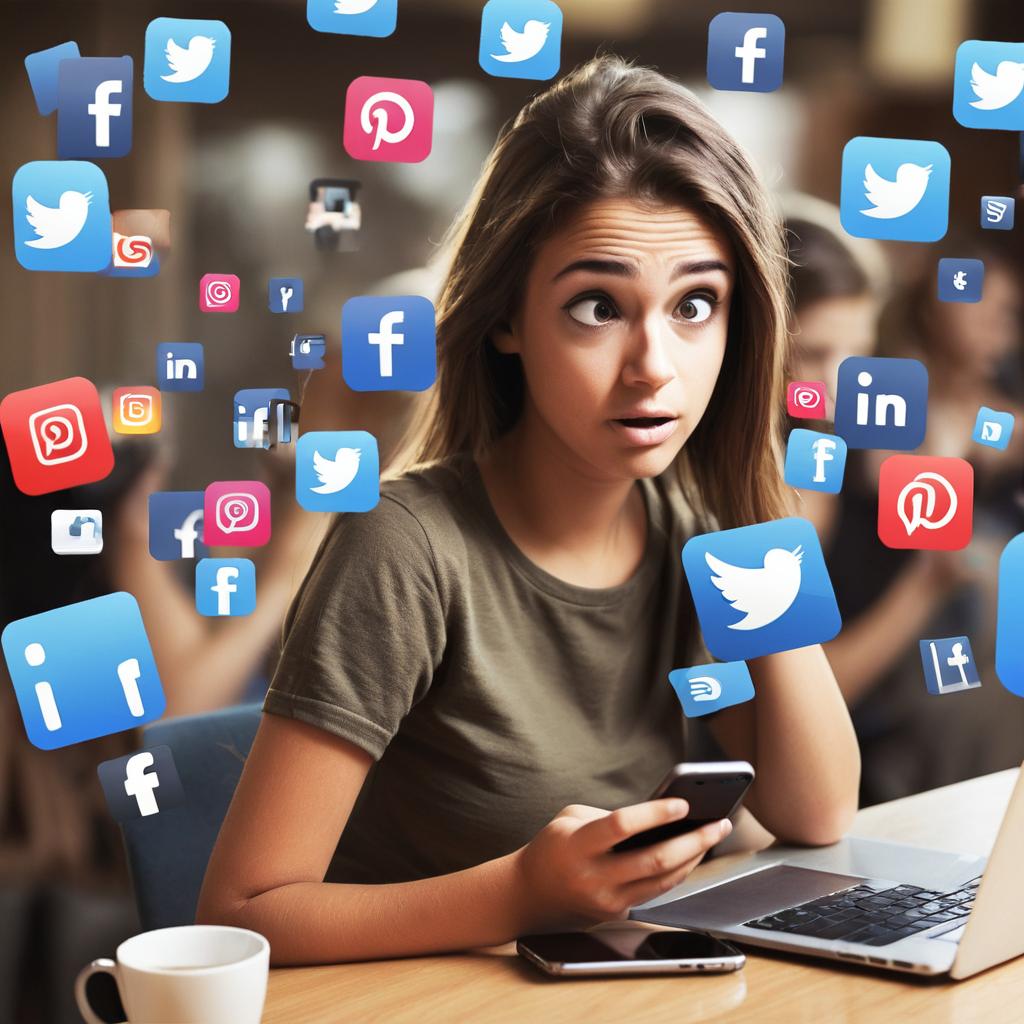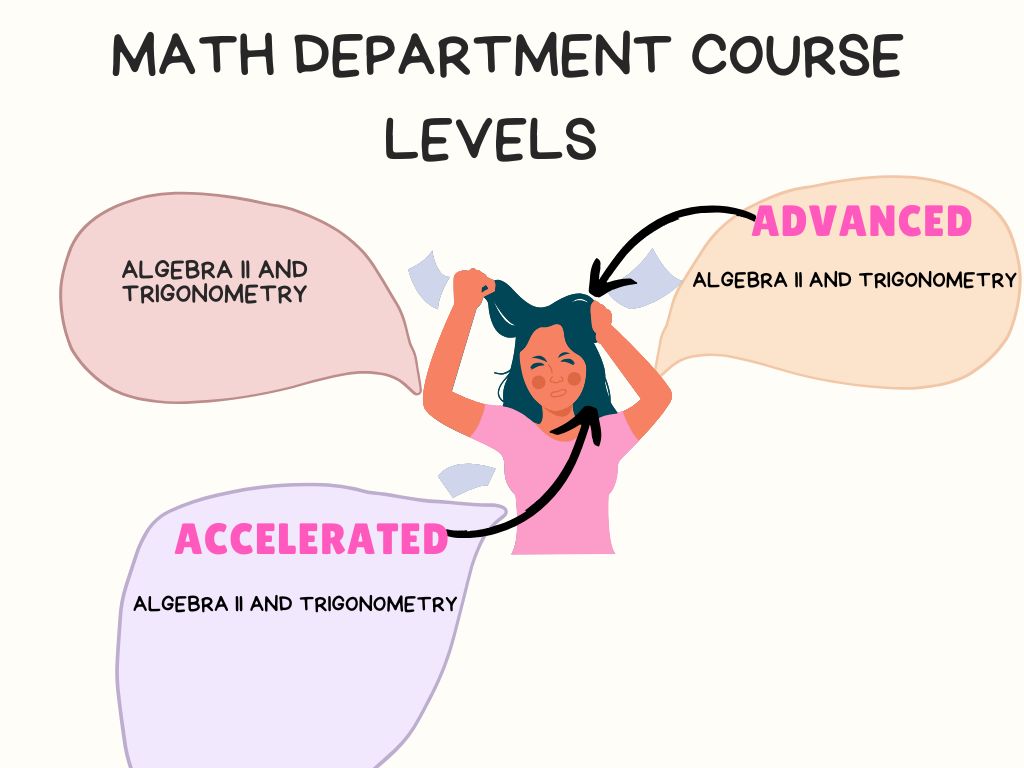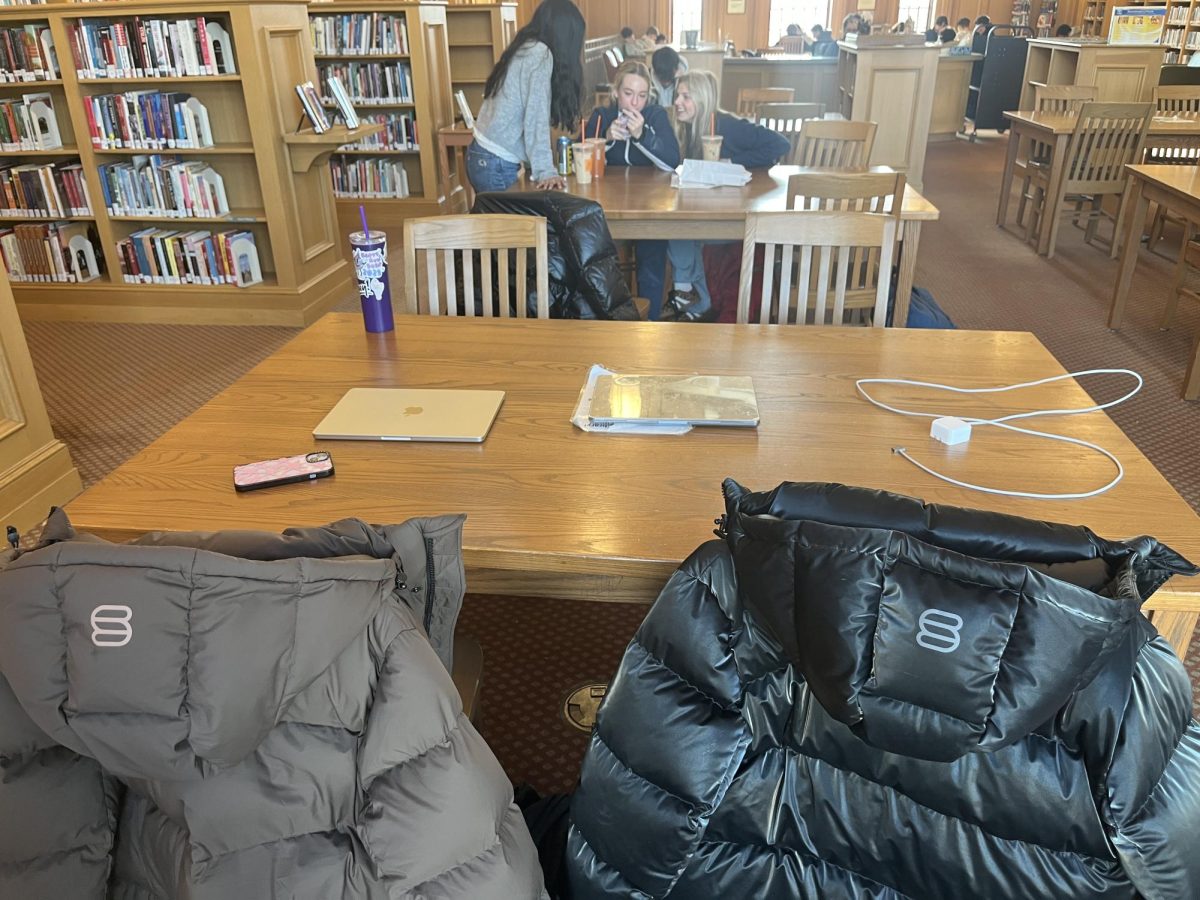You have a history research paper due in three hours with more than half left to write. Your headphones are in, your computer is fully charged, and you are ready to type, until…DING! Your friend just messaged you on Instagram. You click on the notification and respond. Your response leads to a conversation and endless scrolling on your Instagram feed. Before you notice, an hour has passed and you are left with only two hours to finish your paper.
“I already have a tendency to forget things, but distractions like social media make me forget what I have to do,” freshman Teddy Wang said.
Similarly, sophomore Kareena Parasnis said, “I use TikTok and Instagram and get stuck scrolling and then I realize I have wasted so much time and have to rush to finish my work.”
Social Media can have both a positive and negative effect on children and teenagers.
After quarantine, teenagers’ social media usage increased due to the constant use of computers, phones, and television all day at home. According to the U.S. Surgeon General, about 40% of children ranging from eight to twelve years of age use social media and 95% of teenagers ranging from thirteen to seventeen use social media. On February 1, a social media poll was sent to upper-school students. Out of the 130 students who responded, 95%, and 87% of them use social media daily.
While it fosters connections and facilitates access to information, social media also exposes children to harmful content and influences, leading to concerns about online safety and well-being.
Social Media can positively benefit people by helping them communicate and stay connected with their friends and family.
Sophomore Mason Lee uses social media to stay connected with others, and said, “It is nice to see what my friends are doing when I open Instagram.”
Social Media can provide quick access to research and information. According to Pew Research, the number of people using TikTok and Instagram to get their news has doubled since 2020.
“All of my knowledge about news comes from Instagram. I follow the NYT, CNN, and ABC and I see a lot of posts about what is happening around the world,” said sophomore Rodrigo Severin.
Kareena feels the same way, and said, “I use Instagram and TikTok to find information about the News and events and learn more about it”.
There are also negative effects of social media. Children under the age of eleven who use social media are more likely to have only online friends, as well as being influenced by others and doing something that their parents would not approve of.
Teachers notice that during Harkness discussions, anytime screens are up, students are doing something that isn’t related to class.
Another thing that young children are exposed to with social media is harmful language and videos. 64% of teens have reported that they have been and are often exposed to hate-related content.
Changes in daily behaviors can also be an effect of social media. Spending too much time on social media can lead to body image issues and disordered eating. People are constantly comparing themselves to one another and taking the perfect picture to post.
Other changes in daily behavior from social media include increased irritability, increased anxiety, increased depression, increased sleep issues, lack of self-esteem, and lack of focus and concentration.
Ms. Swan said, “I see a lot of people on their phones during their free time, but don’t know if they are productive or not. I wish people spent more time reading books in their free time instead of their phones.”
In contrast, while a freshman, Lilly Rosenthal tried to change her time with social media, she said, “I deleted Snapchat and Instagram from my phone but every time I sit down to do homework, the first thing I do on my computer is check Instagram and Snapchat and it leads to this spiral where finally I check the clock and realize an hour has passed.”
Teachers, like Ms. Stanek, say, “Even though there have been changes over the years with technology, people’s work remains the same, containing high quality.”
As teachers and students navigate both the challenges and benefits of social media, it is important that people learn both the advantages and disadvantages of using social media platforms. Limiting the use of screens when not needed during class will help prevent the negative effects from overusing screens.






